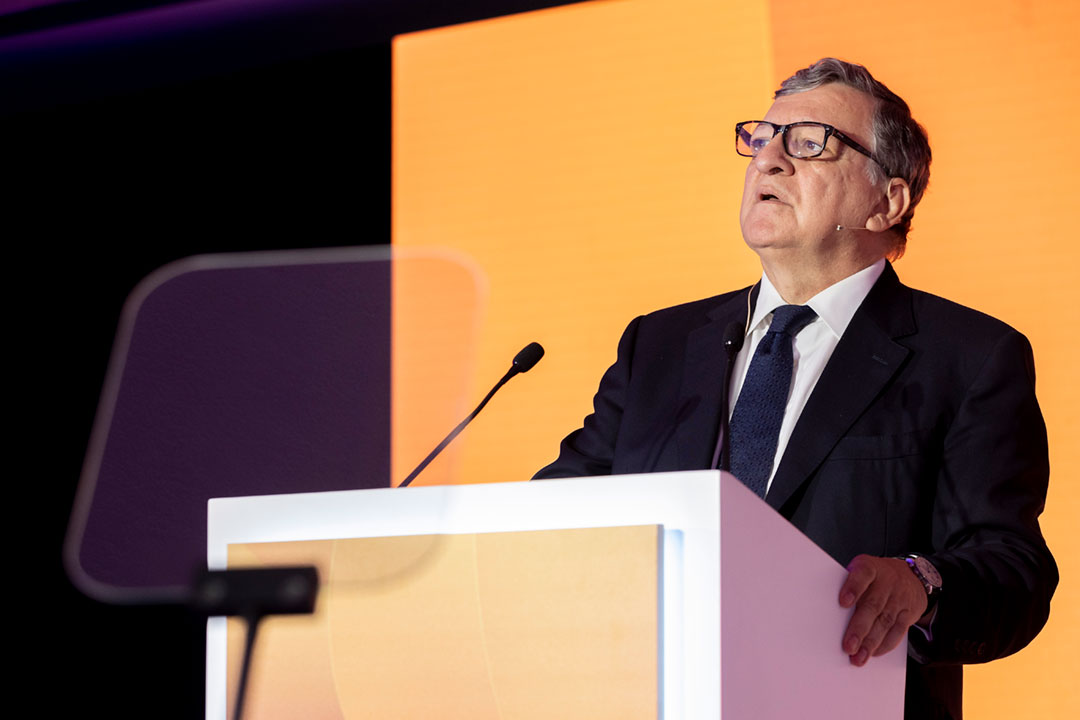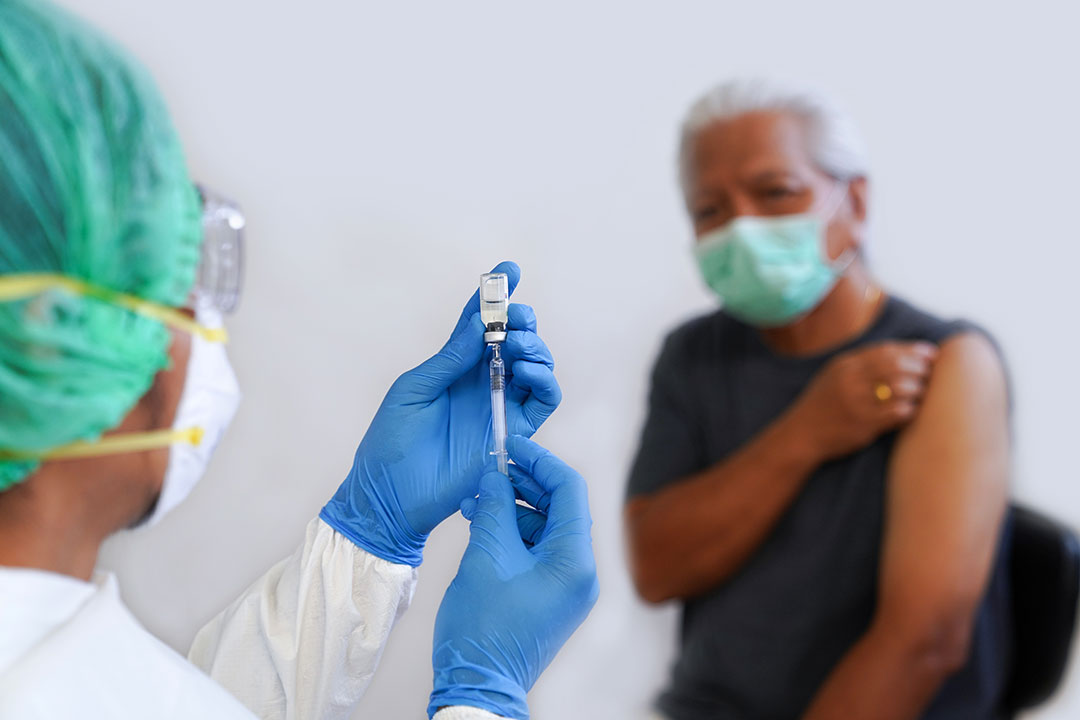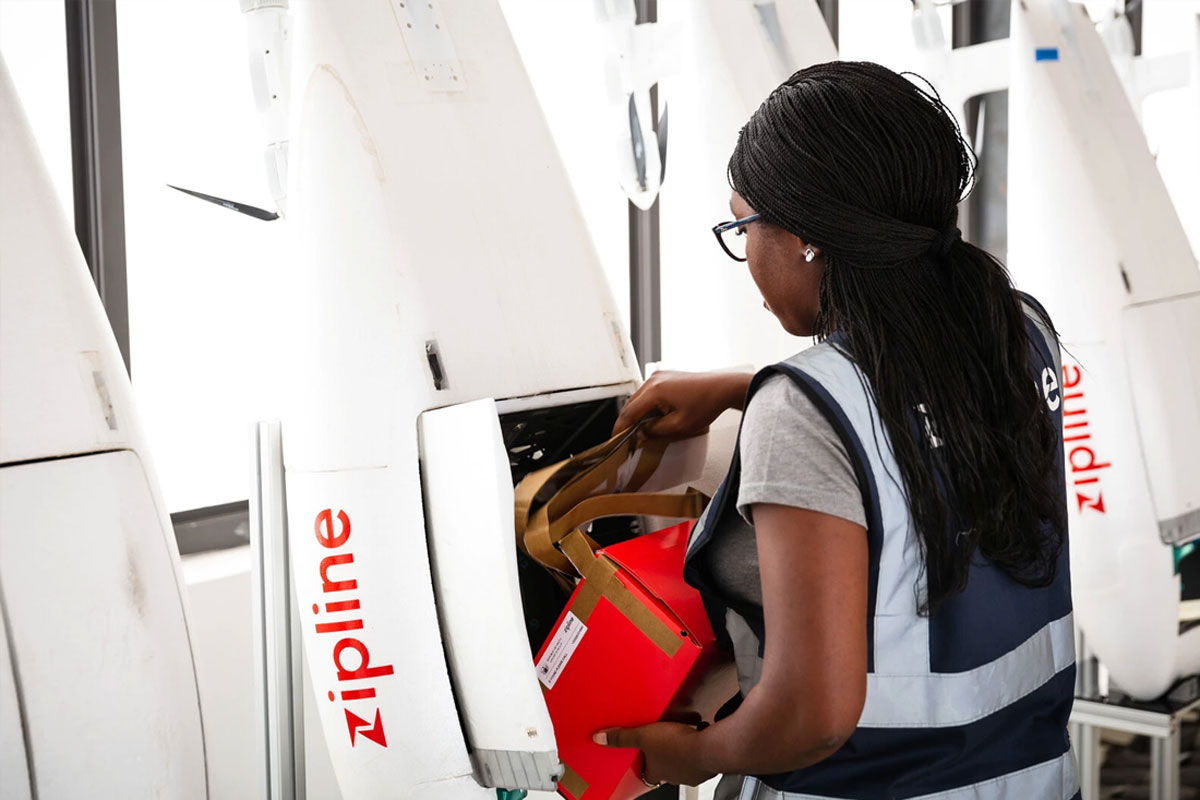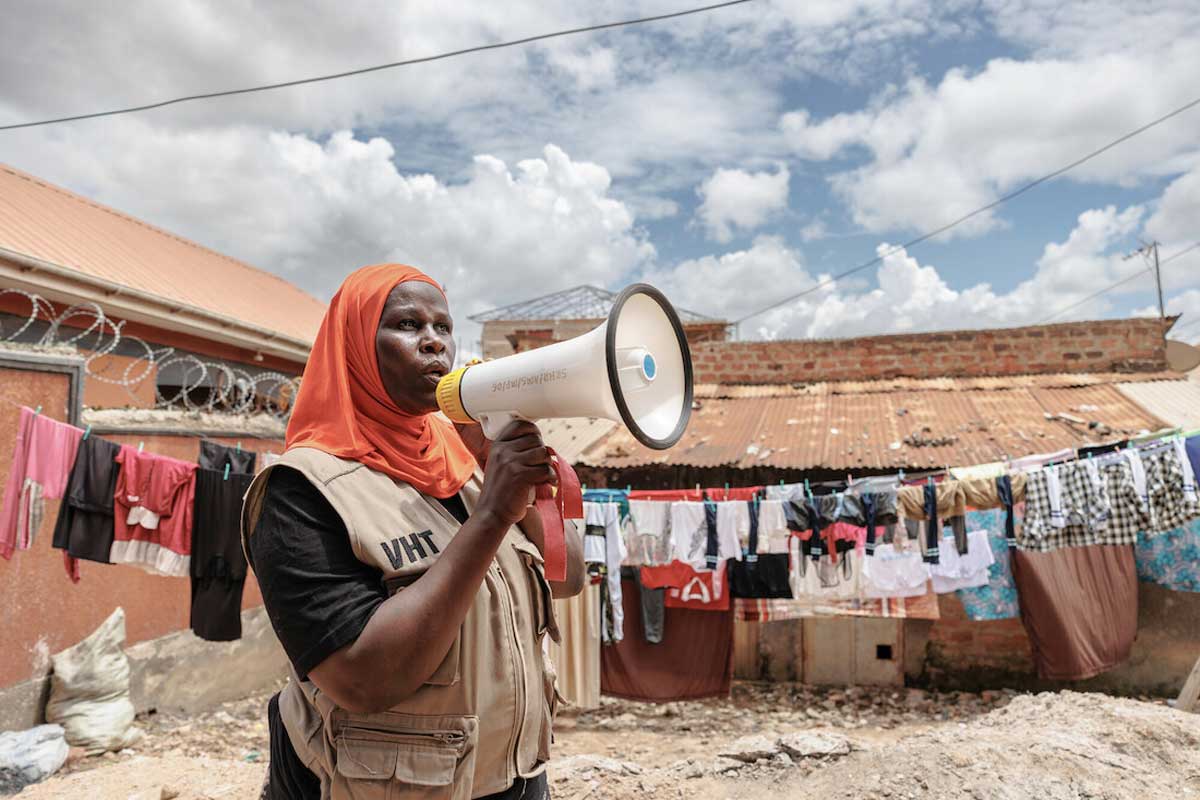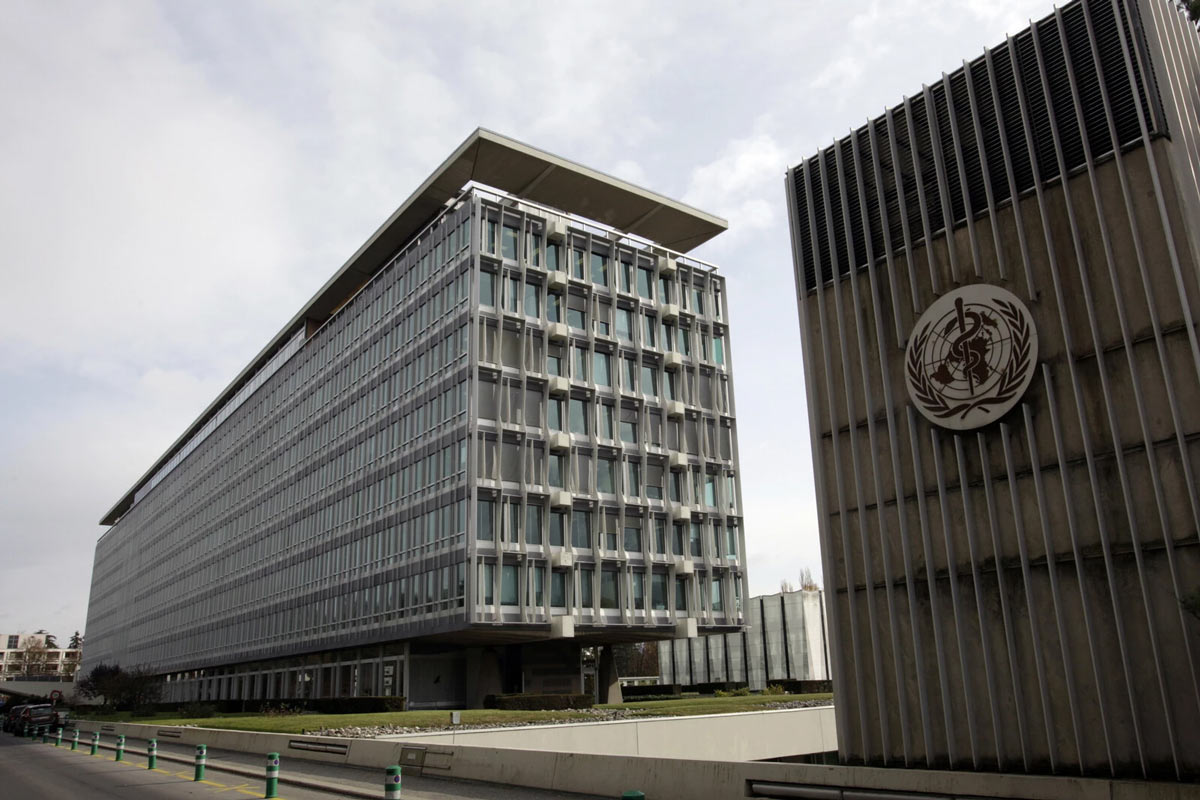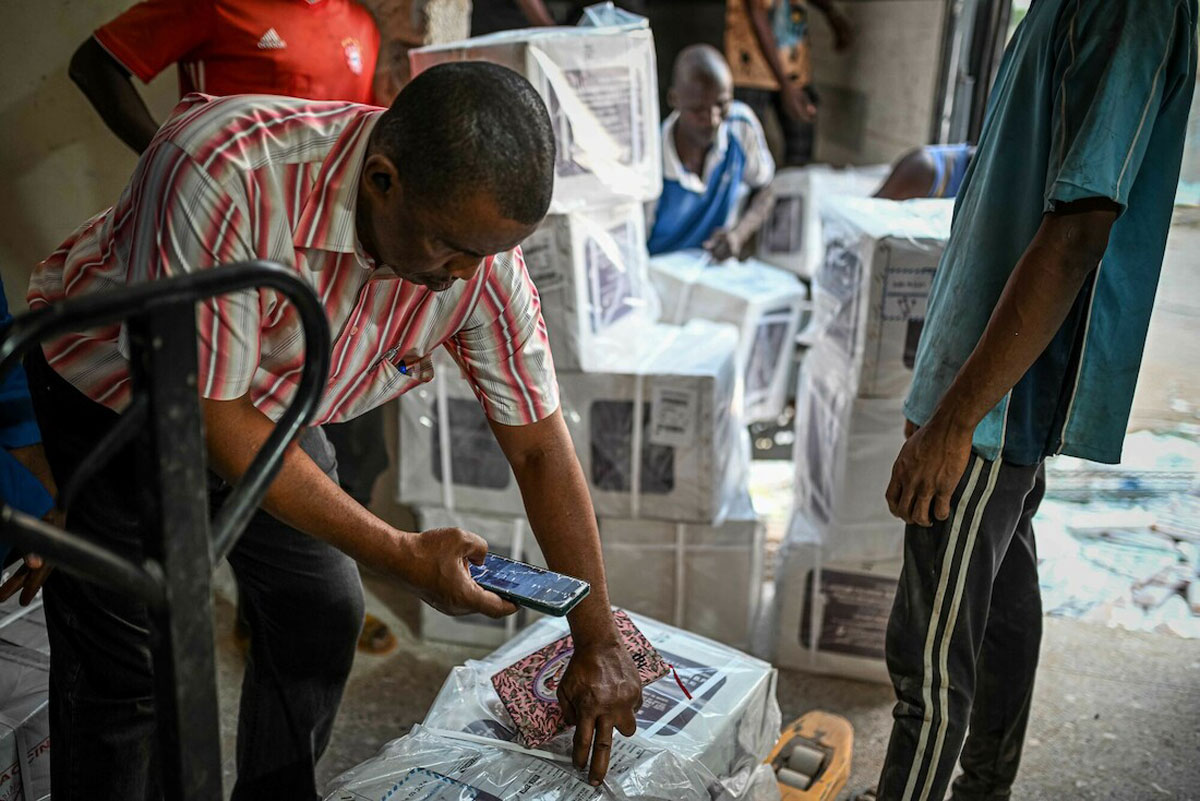“The Alliance never rests”: A preview of what’s coming at next week’s Gavi Board meeting
The Gavi Board, which brings together stakeholders from across the world of immunisation1, is meeting next week in Geneva. Prof. Jose Manuel Barroso, Chair of the Board, reflects on some of the key elements up for discussion.
- 23 June 2023
- 4 min read
- by José Manuel Barroso

Since joining Gavi as Chair of the Board in 2021, I have quickly come to realise that one of my favourite things about the organisation – and how it manages to deliver extraordinary public health impact – is that the Alliance never rests. A little over a week after the Global Vaccine Impact Conference in Madrid, which saw heads of state, ministers of health, civil society, and other Alliance partners come together to celebrate one billion unique children vaccinated, and early signs of recovery from COVID-19, our Board is meeting to discuss what’s next on the immunisation agenda. Here is a short preview.
WHO recently declared that COVID-19 is no longer a PHEIC, but everyone is clear that this does not mean the public health threat from COVID-19 is over. We must continue to ensure the most vulnerable are protected.
Taking stock
Each Board meeting always begins with an overview of where we are – programme performance, country realities, progress and challenges – which helps to ground us in the current context, take stock, and understand priorities at the country level before we discuss various agenda items. Another important thread running through this meeting: our current CEO, Seth Berkley, will be stepping down in August, after 12 years at the helm. We will take time as a community to celebrate his contributions and dedication to our work during what will be his last Board meeting as CEO.
New vaccines
When the Alliance was founded in 2000, it supported vaccines against just three diseases; today it supports vaccines against 19. Every five years, Gavi outlines a Vaccine Investment Strategy (VIS) to keep pushing the envelope and consistently deliver more new and underused vaccines to lower-income countries. Most of the vaccines from our 2018 VIS were paused because countries had other priorities due to the COVID-19 pandemic. On this list are hepatitis-B birth dose, the diphtheria-tetanus-pertussis (DTP) boosters, and rabies – all of which could have a vital impact on health in the years to come. The Secretariat will report on plans to get this work started again. Work to roll out vaccines against maternal respiratory syncytial virus (RSV), previously approved in principle, will also resume – in anticipation of a suitable product soon becoming available.
Have you read?
Kicking off work for the next phase, the Board will provide guidance on a long list of vaccines for consideration in the 2024 VIS. Rounding off the discussion on new vaccines: the Board will also consider the investment case for hexavalent vaccine – a combination of the pentavalent vaccine and the inactivated poliovirus vaccine – which can help countries deliver protection against all these diseases more efficiently and cost-effectively.
Converting pandemic lessons into concrete building blocks
Vaccines have played a central role in every Public Health Emergency of International Concern (PHEIC) to-date, with the exception of Zika. We are already looking at how we can take lessons from COVID-19 and turn them into tangible mechanisms that will help to “future proof” us against the threats we know are an evolutionary certainty. Drawing on recent experiences with Sudan ebolavirus and Marburg, the Board will begin early discussions on whether a small global inventory of investigational doses against such diseases could help us have vaccines already on hand – to stem outbreaks before they have the chance to spiral out of control. The Secretariat will also report on plans underway to ensure day zero financing for future pandemic vaccine response, and a potential financing mechanism in support of African vaccine manufacturing.
The future of COVID-19 vaccination
WHO recently declared that COVID-19 is no longer a PHEIC, but everyone is clear that this does not mean the public health threat from COVID-19 is over. We must continue to ensure the most vulnerable are protected. As we move out of the emergency phase and transition away from COVAX as an extraordinary response, Gavi and partners have been hard at work supporting countries to integrate COVID-19 into routine programmes in a way that strengthens both. At this Board meeting, the Alliance will discuss what COVID-19 vaccination in lower-income countries will look like in 2024 and 2025.
Planning for the next phase begins now
Halfway through Gavi’s current strategic period, we are already looking ahead to the future. What have we learned in the push to reach zero-dose children and missed communities? What should the global community prioritise and what are the innovations needed? How will the rising threat of climate change affect immunisation, and what should be done about it? Building on the discussions at Gavi’s mid-term review – the Global Vaccine Impact Conference – the work answering these questions and more starts now. The Board will provide guidance on plans to begin developing our next five-year strategy – Gavi 6.0.
